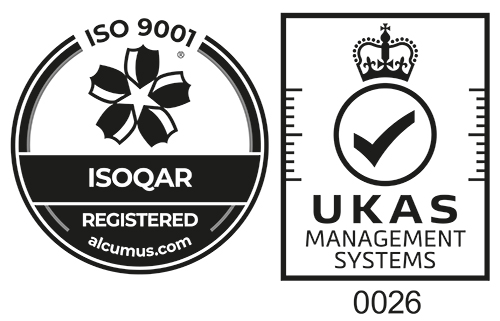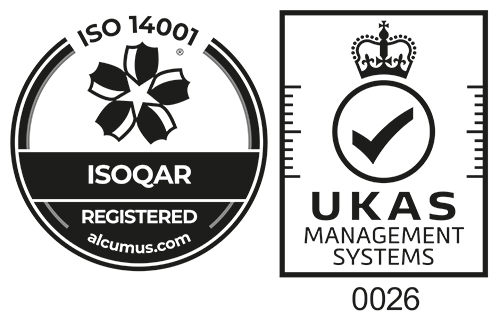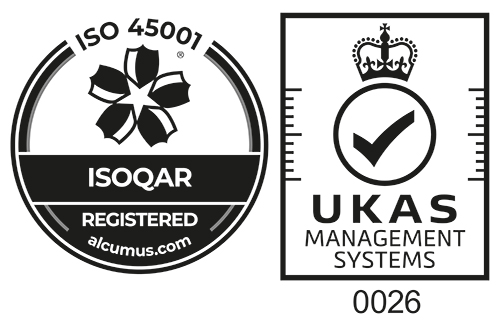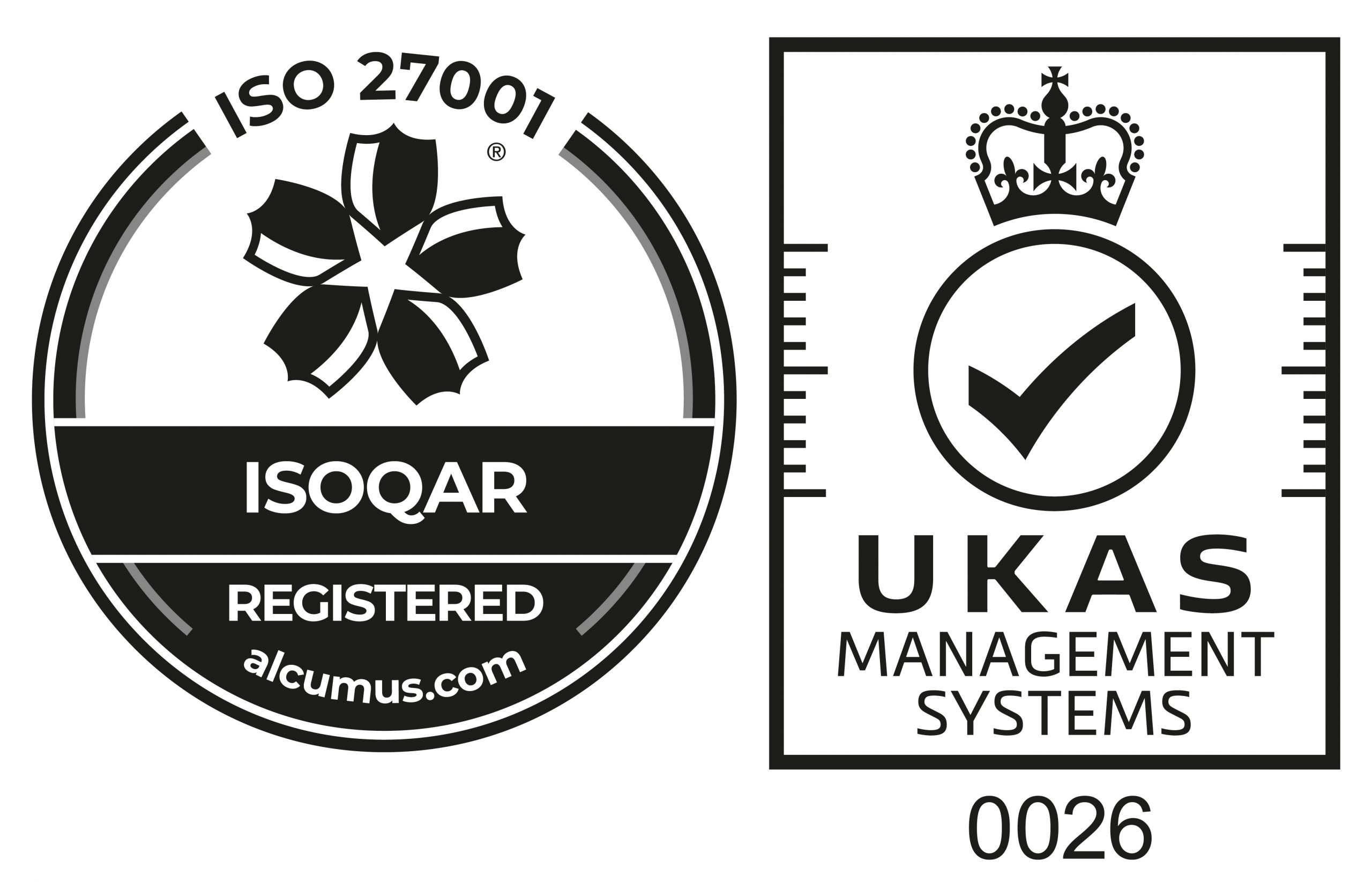 Construction work constantly involves high-risk activities and to work safely, workers need to be physically and mentally alert at all time. Therefore fatigue is a potential risk and one that must be recognised by employers. Both employers and employees have a responsibility to manage fatigue in the workplace.
Construction work constantly involves high-risk activities and to work safely, workers need to be physically and mentally alert at all time. Therefore fatigue is a potential risk and one that must be recognised by employers. Both employers and employees have a responsibility to manage fatigue in the workplace.
What is fatigue?
Fatigue is a state of physical and/or mental exhaustion which reduces a person’s ability to perform work safely and effectively. Fatigue considerably reduces alertness and may lead to errors, which in turn could increase the likelihood of workplace incidents and injuries.
[vc_video link=”https://www.youtube.com/watch?v=lOpZ62bmziw” el_width=”80″ align=”center”]
There are multitude of things that can impact and cause fatigue, some of them interrelated other not. These include:
- Work schedules – hours of work, night work and shift work (including breaks between shifts):
Long work hours, irregular work hours, and schedules that require night work can cause fatigue. These types of work patterns can limit the time for a person to physically and mentally recover. Night work can interrupt the natural sleeping rhythm, which in turn can cause fatigue.
- Sleep disruption:
Everyone needs a certain amount of sleep to maintain alertness and perform to standard. Generally we all need between 7.5 and 9 hours of sleep a night. The most beneficial sleep is deep, undisturbed and taken in a single continuous period. Should this be disrupted, fatigue may ensue.
- Environmental conditions:
Climate extremes (such as working outside in winter), noise and handling vibrating tools place demands on workers and increase fatigue.
- Physical and mental work demands:
Construction work is generally physically demanding which can increase fatigue. Mental demands can also increase fatigue, such as tasks that require long periods of intense concentration.
- Emotional well-being:
Work events can be emotionally tiring and increase fatigue, such as regular criticism or the pressure to complete a task to a deadline. Non-work events can also cause distress and lead to fatigue – for example: when a person faces the loss of a loved one or tries to resolve personal conflicts.
Employers – responsibilities in managing fatigue
Employers have a duty of care to take all practicable steps to ensure employees are safe at work. Fatigue is more commonplace than you may thing and is certainly a workplace hazard that employers must manage. Various strategies are available for employers to reduce the risks of fatigue. These include:
Work schedules
- Make sure your employees take regular, quality, rest breaks in their working day .Consider extra rest breaks if the work is demanding.
- Make sure working hours are not too long. If longer working days are required, consider staggered start and finish times, and/or longer rest breaks and periods off work (and carefully monitor a worker’s ability to cope).
- Schedule tasks suitably throughout a work period. A person’s ability to be alert or focus attention is not constant throughout the day. For most people, low points occur between 3.00am and 5.00am, and between 3.00pm and 5.00pm. Avoid giving out safety critical jobs during this period.
- Negotiate with your employees if overtime is required. Monitor and place limits around overtime worked. Avoid incentives to work excessive hours.
- Monitor and place limits around shift swapping and on-call duties. Mosaic will be able to help you here with its fatigue management software.
Sleep
- Design work schedules well to allow for good sleep opportunity and recovery time between work days.
- Make sure that schedules are designed to remove any sleep debt. This is due to sleep loss being cumulative.
- Design rosters that minimise disruptions to natural sleeping rhythms. Avoid work starts before 6.00am where possible. If night work is required, limit the number of night shifts in a row that your employees can work.
Environmental conditions
- Avoid working during periods of extreme temperature, or minimise exposure through job rotation.
- Provide adequate facilities for rest breaks.
Physical and mental work demands
- Limit periods of excessive mental or physical demands (ie through job rotation).
- Ensure fit for purpose plant, machinery and equipment is used.
- Make sure workloads are manageable. Take into account work flow changes due to factors such as machinery breakdowns, unplanned absences or resignations. Avoid impractical deadlines.
Emotional well-being
- Where possible, be aware of personal circumstances that affect your employees and provide support.
- Create a positive work environment where good relationships exist and workers are encouraged and supported.
Workplace fatigue policy
- Develop a fatigue policy for all workers, managers and supervisors. This policy should include information about: maximum shift length and average weekly hours; work-related travel; procedures for reporting fatigue risks; procedures for managing fatigued workers.
- Make sure anyone can report fatigue-related issues to both supervisors and management, and then improvements will follow.
- Train your new employees on fatigue management.
Once these strategies are implemented, you should monitor and review them to ensure fatigue is managed effectively.
Mosaic has a Fatigue Management module which can bolt onto its system. When used in conjunction with access control systems, it will enter start and finish times. Using the available data, the system will instantly alert the management team by identifying any employees who are at risk of fatigue or have already breached certain controls, such as double shifting.






